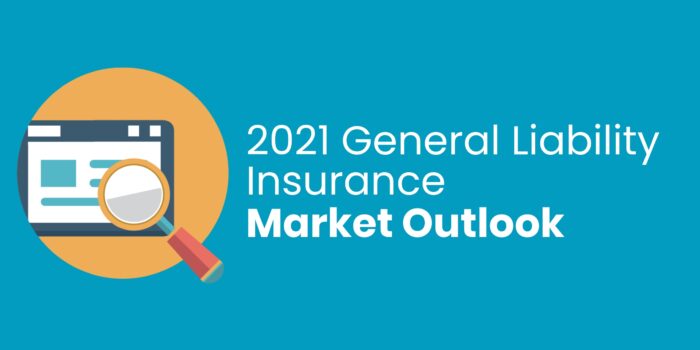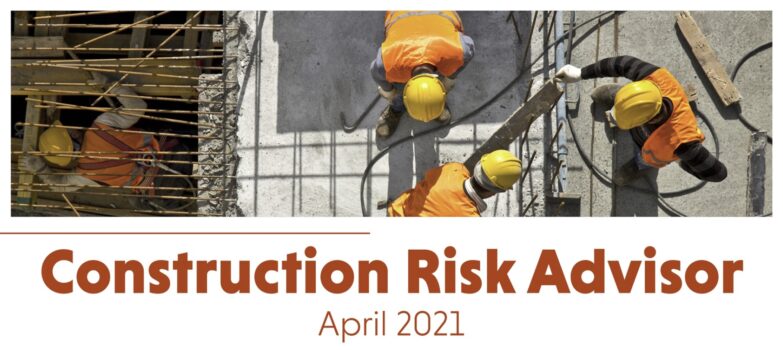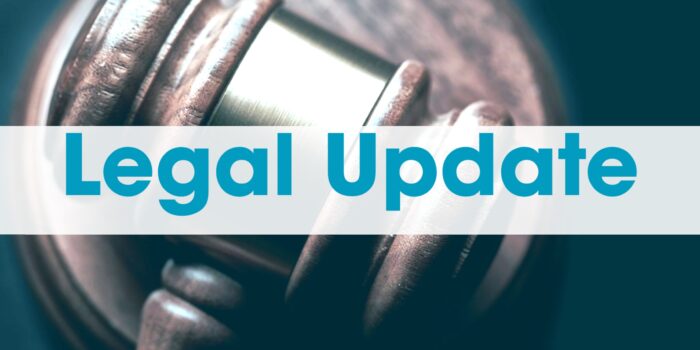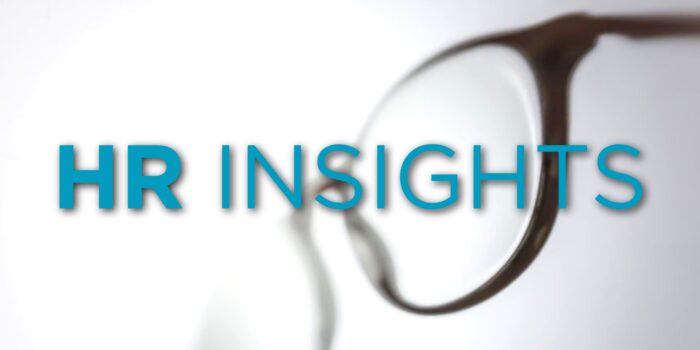09 Apr 2021 General Liability Insurance Market Outlook
[wpseo_breadcrumb]
As worsening social inflation concerns, surging medical expenses and the ongoing COVID-19 pandemic continue to contribute to a rise in liability claim frequency and severity, the market has preceded to harden. Due to these market conditions, we predict that most policyholders will encounter another year of rate increases across their liability lines in 2021. Many insureds may also experience lowered capacity and further underwriting scrutiny during the renewal process. Policyholders who operate in sectors with elevated general liability exposures may be more prone to double-digit rate increases and experience difficulties securing higher coverage limits.


 In recent years, the general liability market has consistently underperformed, resulting in heightened underwriting losses and subsequent rate increases.
In recent years, the general liability market has consistently underperformed, resulting in heightened underwriting losses and subsequent rate increases. The Federal Emergency Management Agency (FEMA)
The Federal Emergency Management Agency (FEMA)  Construction Site Safety Considerations for Spring
Construction Site Safety Considerations for Spring The portal for private-sector employers to submit equal employment opportunity (EEO-1) workforce data from 2019 and 2020 will open on April 26, 2021, the U.S. Equal Employment Opportunity Commission (EEOC)
The portal for private-sector employers to submit equal employment opportunity (EEO-1) workforce data from 2019 and 2020 will open on April 26, 2021, the U.S. Equal Employment Opportunity Commission (EEOC)  By leveraging technology in learning and development efforts, employers can help engage employees, improve the employee experience and create efficiencies in learning and development.
By leveraging technology in learning and development efforts, employers can help engage employees, improve the employee experience and create efficiencies in learning and development.